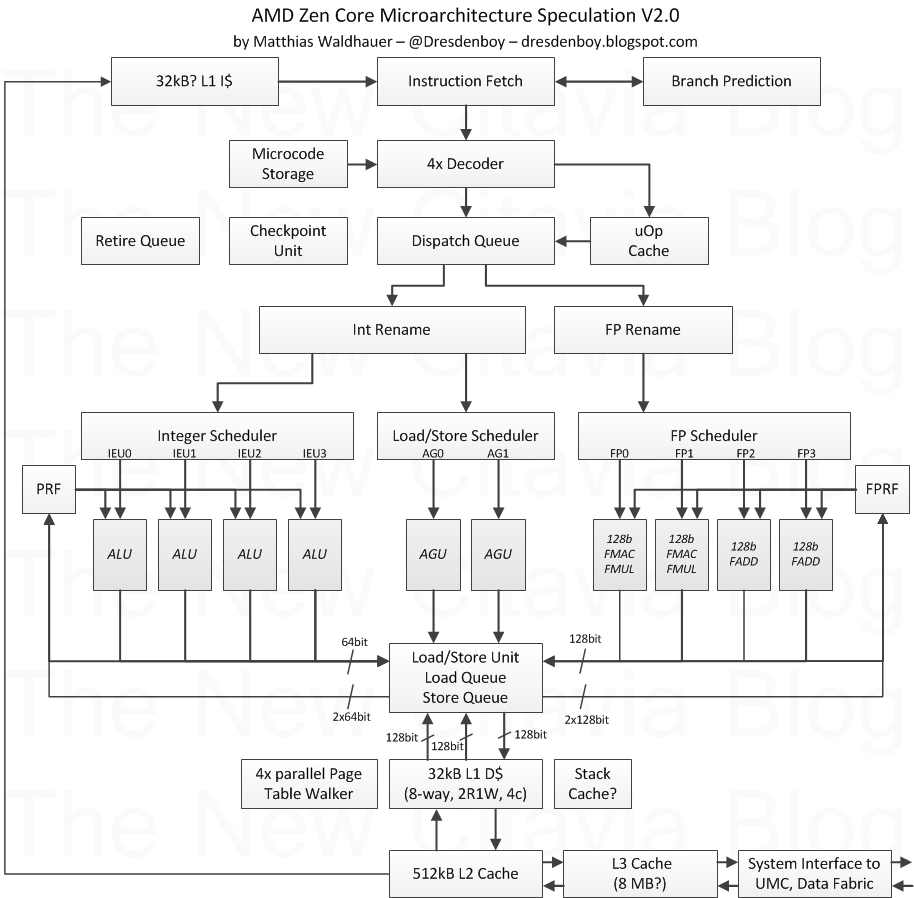rabidz7
[H]ard|Gawd
- Joined
- Jul 24, 2014
- Messages
- 1,331
The answer is in your own post. Most games today are GPU bound. Keeping that in mind it means the CPU can take on more work and tasks, as I stated before. An infinitely fast GPU allows for the option of seeing how much, rather how far the CPU can go in DX12. Akin to running benchmarks at 800x600 to see what the CPU framerate max/avg is, not very practical in an age where 1080p is generally the bottom line for anyone playing games today.
Idk what you mean by 1080p; I'm assuming 16:9 1920x1080. I have a CRT monitor, so I use different resolutions for different games, because at lower resoluions, the montitor can handle better refresh rates. 2048x1536@85Hz is cool for Civ V and such, slow action games are better at 1600x121200 @100 Hz. Fast paced games like CS or CoD are best at 1280x960@140 or 1152x864@160.
At lower resolutions, the CPU can bottleneck
![[H]ard|Forum](/styles/hardforum/xenforo/logo_dark.png)
